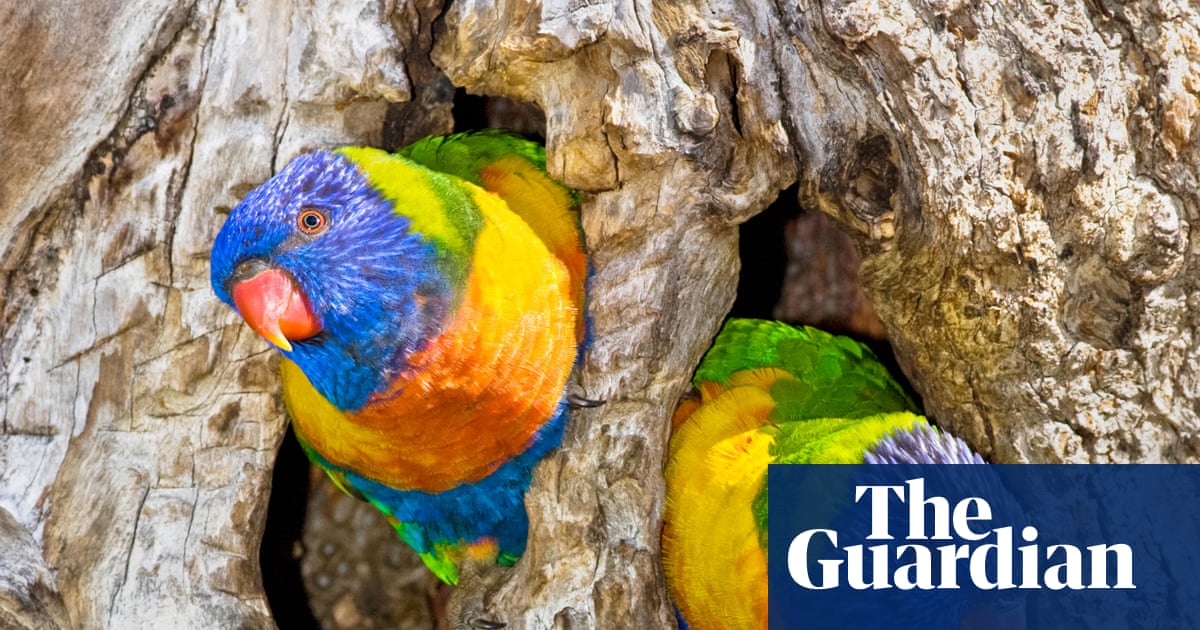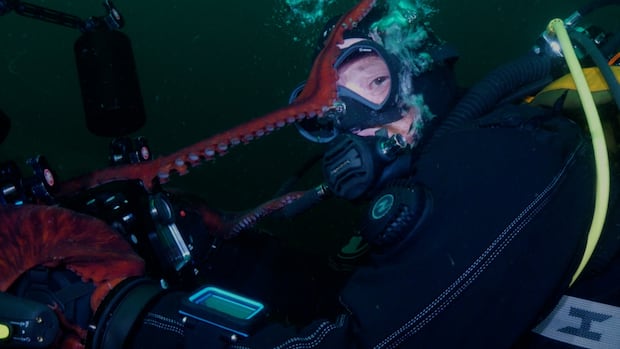Shocking Discovery: 5% of Australian Birds Experience 'Sex Reversal'! What Does This Mean?

Have you ever thought nature couldn't get any weirder? Brace yourself, because a groundbreaking study reveals that about 5% of common Australian wild birds, including the iconic kookaburras and vibrant lorikeets, are experiencing a phenomenon known as 'sex reversal.' This means their genetic sex doesn't match their reproductive organs, turning everything we thought we knew about bird biology upside down.
This study, considered the first of its kind, uncovers a widespread issue affecting multiple wild bird species, yet the reasons behind this puzzling transformation remain a mystery. Researchers are raising alarms about the potential role of environmental chemicals that might disrupt hormones in animals, suggesting that this could be a much larger problem than anyone anticipated.
In their investigation, scientists analyzed 480 birds from five common species that had passed away in wildlife hospitals across southeast Queensland. They employed DNA tests to determine the genetic sex of these birds—where males carry a pair of Z chromosomes, and females have one Z and one W. However, upon dissecting the birds, researchers discovered a startling mismatch in 24 of the cases.
“I was thinking, is this right?” said Associate Professor Dominique Potvin, a co-author of the research from the University of the Sunshine Coast. She recounted her disbelief upon seeing the initial results: “So we rechecked, and rechecked, and rechecked. And then we were thinking, ‘oh my God.’” This revelation left even seasoned ornithologists stunned.
Almost all of the birds exhibiting this 'sex discordance' were genetically female but carried male reproductive organs. In one astonishing case, a kookaburra that was genetically male had physical signs suggesting it had recently produced an egg. The study, published in the esteemed Royal Society journal Biology Letters, also noted that two genetically female crested pigeons had developed both testicular and ovarian structures.
The range of sex reversal observed varied from 3% in Australian magpies to a staggering 6.3% in crested pigeons. This raises significant concerns for the reproductive success of these birds and the potential consequences for threatened species. “This can lead to skewed sex ratios, reduced population sizes, altered mate preferences, and even population decline,” Dr. Clancy Hall, the lead author of the research, warned. “Identifying the sex and reproductive status of individuals is crucial in many fields of study.”
While the causes behind these sex reversals remain elusive, researchers suspect that environmental factors, particularly chemicals known as endocrine disrupting chemicals (EDCs), could be playing a significant role. These chemicals interfere with hormonal processes and have been linked to similar phenomena in mollusks, fish, and amphibians.
Professor Kate Buchanan, an evolutionary biologist at Deakin University who was not involved in the study, noted that the predominant default sex in birds is female, making the male-to-female reversal less surprising. “The most likely explanation for the masculinization is some environmental stimulation, probably anthropogenic chemicals,” she explained. Buchanan has studied instances of EDCs found in insects that develop in sewage treatment works, which are often a food source for birds. Her previous research indicated that exposure to these chemicals can lead to male European starlings developing complex songs but with compromised immune systems.
Dr. Clare Holleley, who heads vertebrate collections at Australia's CSIRO and has studied sex reversal in lizards, pointed out that while natural causes like temperature changes could potentially induce sex reversal, the evidence suggests a more sinister source at play. “If sex determination gets disrupted, something has to push you off track. The most likely cause is endocrine disrupting chemicals,” she affirmed.
Dr. Golo Maurer, director of conservation strategy at BirdLife Australia, emphasized the significance of this finding. He warned that the presence of EDCs, combined with existing threats like climate change and habitat destruction, poses a massive concern for avian populations. However, experts also caution against applying these findings to the broader wild bird population, as the studied birds were not a random sample but rather those admitted to hospitals.















